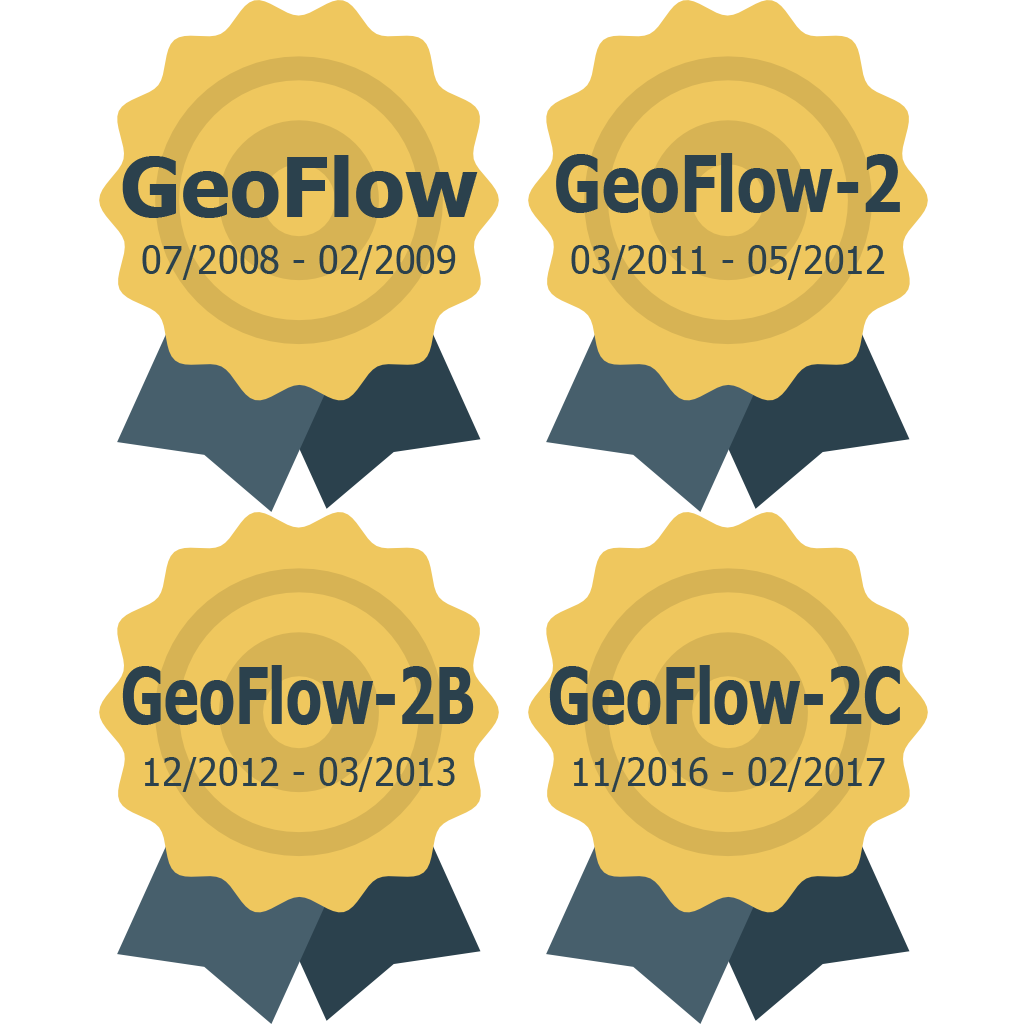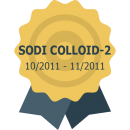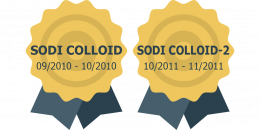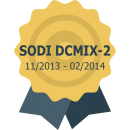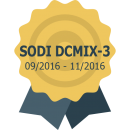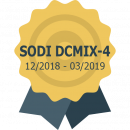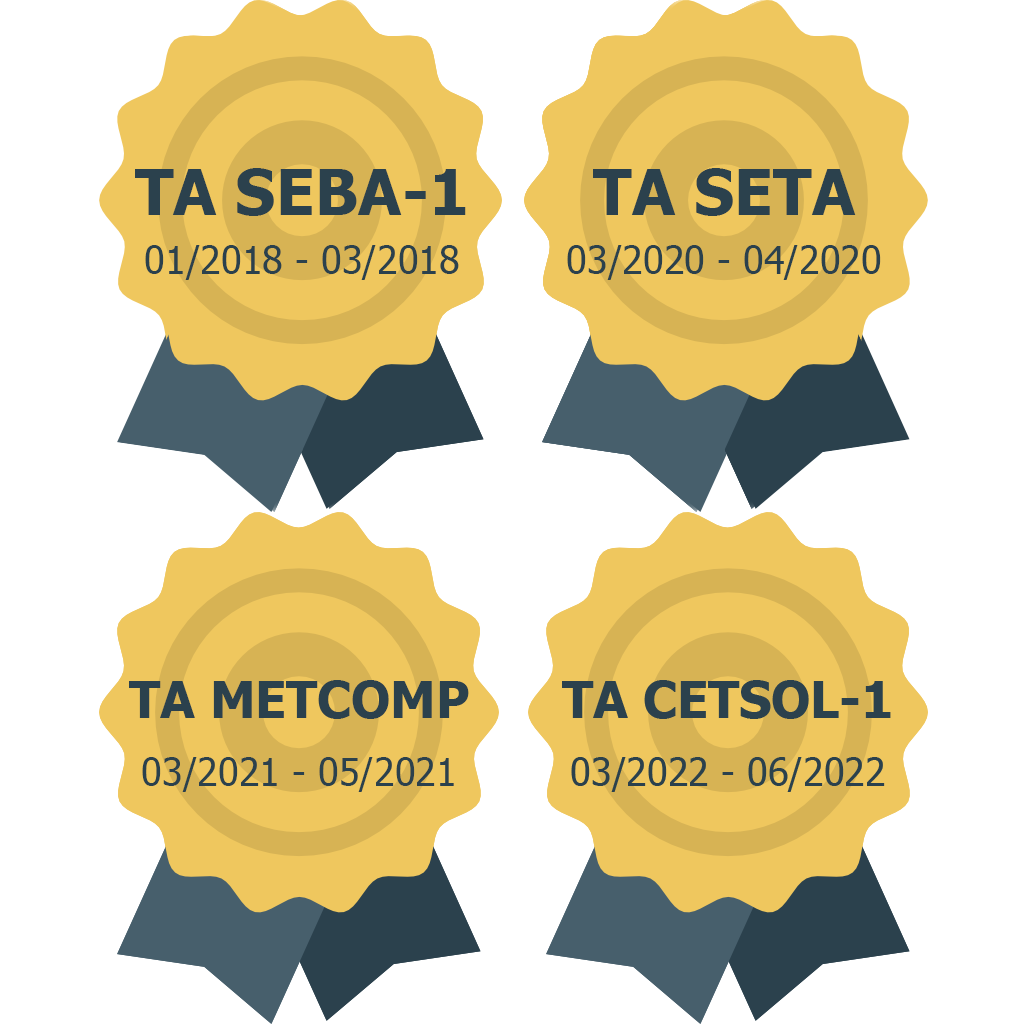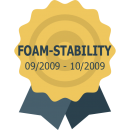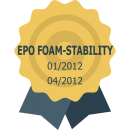Experiments
The experiments onboard the International Space Station (ISS) are usually performed inside racks. The racks are wardrobe-size laboratories that provide services to the experiments inside them.The tasks of the E-USOC start well in advance of the onboard operations. The preparation of an experiment usually last a couple of years to assure a successful execution on board. That preparation involves the planification of resources, either on orbit or on ground, the creation of support tools or personnel (and astronaut) training.
The most relevant racks for the E-USOC operations are the Fluid Science Laboratory (FSL) and the Microgravity Science Glovebox (MSG). In addition, some experiments can be performed outside a rack; they are called Stand Alone payloads.
GeoFlow
Simulation of Geophysical Fluid Flow under Microgravity (GeoFlow) is an ESA investigation planned for the Fluid Science Laboratory (FSL) on the ISS. Geoflow will study thermal convection in the gap between two concentric rotating spheres to model Earth’s liquid core.
E-USOC is the responsible centre of operations’ preparation, validation, and execution for GeoFlow experiment. Broadly, E-USOC monitors, commands and coordinates this Payload in Real-time operations.
Simulation of Geophysical Fluid Flow under Microgravity (GeoFlow) is an ESA investigation planned for the Fluid Science Laboratory (FSL) on the ISS. Geoflow will study thermal convection in the gap between two concentric rotating spheres to model Earth’s liquid core.
E-USOC is the responsible centre of operations’ preparation, validation, and execution for GeoFlow experiment. Broadly, E-USOC monitors, commands and coordinates this Payload in Real-time operations.
SODI-IVIDIL
Selectable Optical Diagnostics Instrument (SODI) is an ESA research project planned to be performed in a NASA facility, the Microgravity Science Glovebox (MSG), on the ISS. The basic principle of SODI design is to have a modular instrument to be accommodated in the MSG.
SODI will be equipped with various optical diagnostics, such as Mach-Zehnder Interferometer, Particle Image Velocimetry and Near Field Scattering which will allow to study the diffusion phenomena and Soret effects in liquids and investigate the influence of vibration stimuli on these phenomena.
Selectable Optical Diagnostics Instrument (SODI) is an ESA research project planned to be performed in a NASA facility, the Microgravity Science Glovebox (MSG), on the ISS. The basic principle of SODI design is to have a modular instrument to be accommodated in the MSG.
SODI will be equipped with various optical diagnostics, such as Mach-Zehnder Interferometer, Particle Image Velocimetry and Near Field Scattering which will allow to study the diffusion phenomena and Soret effects in liquids and investigate the influence of vibration stimuli on these phenomena.
SODI-COLLOID
After its predecessor IVIDIL, SODI COLLOID comes into play. This will be the third and last experiment of the Selectable Optical Diagnostics Instrument (SODI) project, performed inside NASA facility (MSG) as well.
This experiment stems from the proposal “Advanced Photonic Devices in Microgravity” submitted in response to the International Announcement of Opportunity of 2000. As suggested by its title, the focus is on materials that have a special interest in photonics, with emphasis on nano-structured, periodic dielectric materials, known as photonic crystals, which possess appealing properties.For this reason, they are promising candidates for new types of optical components.
After its predecessor IVIDIL, SODI COLLOID comes into play. This will be the third and last experiment of the Selectable Optical Diagnostics Instrument (SODI) project, performed inside NASA facility (MSG) as well.
This experiment stems from the proposal “Advanced Photonic Devices in Microgravity” submitted in response to the International Announcement of Opportunity of 2000. As suggested by its title, the focus is on materials that have a special interest in photonics, with emphasis on nano-structured, periodic dielectric materials, known as photonic crystals, which possess appealing properties.For this reason, they are promising candidates for new types of optical components.
SODI-DCMIX
DCMIX experiments take place in Selectable Optical Diagnostics Instrument (SODI). DCMIX is supporting research to determine diffusion coefficients of ternary fluid mixture samples, which could lead to a better understanding of mixtures processes. Some of those mixtures have a high scientific and industrial interest and their study could lead to refine petroleum reservoir models to help lead to more efficient extraction of oil resources.
DCMIX experiments take place in Selectable Optical Diagnostics Instrument (SODI). DCMIX is supporting research to determine diffusion coefficients of ternary fluid mixture samples, which could lead to a better understanding of mixtures processes. Some of those mixtures have a high scientific and industrial interest and their study could lead to refine petroleum reservoir models to help lead to more efficient extraction of oil resources.
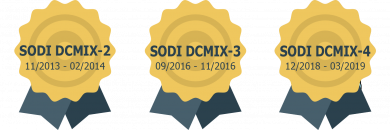
SODI-Particle Vibration
Particle Vibration is an experiment conducted on the International Space Station (ISS) to study the formation of structures in liquid suspensions under the influence of vibrations and specific temperature conditions. The experiment aims to understand the convection-driven accumulation of particles in microgravity. The experiment utilizes the Selectable Optical Diagnostics Instrument (SODI. By investigating the behavior of suspended particles, Particle Vibration contributes to our knowledge of fluid mechanics and has potential applications in fields such as materials science and industrial processes.
Particle Vibration is an experiment conducted on the International Space Station (ISS) to study the formation of structures in liquid suspensions under the influence of vibrations and specific temperature conditions. The experiment aims to understand the convection-driven accumulation of particles in microgravity. The experiment utilizes the Selectable Optical Diagnostics Instrument (SODI). By investigating the behavior of suspended particles, Particle Vibration contributes to our knowledge of fluid mechanics and has potential applications in fields such as materials science and industrial processes.
Transparent Alloys
Transparent Alloys is a research ESA project on Material Science planned to be performed in the Microgravity Science Glovebox (MSG), a NASA facility on the ISS. A set of 5 experiments takes place in Transparent Alloys to improve the understanding of melting-solidification processes in plastics, which usually serves to gain experience on physical phenomena which involved metallic alloys processing.
Transparent Alloys is a research ESA project on Material Science planned to be performed in the Microgravity Science Glovebox (MSG), a NASA facility on the ISS. A set of 5 experiments takes place in Transparent Alloys to improve the understanding of melting-solidification processes in plastics, which usually serves to gain experience on physical phenomena which involved metallic alloys processing.
EPO FOAM-S
The EPO FOAM-S project aims at the study of aqueous and non-aqueous foams in the microgravity environment on-board the International Space Station (ISS). The experiment aims to study the so called “wet” foams, which cannot be stabilized on earth because of drainage (process absent in microgravity conditions).
The EPO FOAM-S project aims at the study of aqueous and non-aqueous foams in the microgravity environment on-board the International Space Station (ISS). The experiment aims to study the so called “wet” foams, which cannot be stabilized on earth because of drainage (process absent in microgravity conditions).







